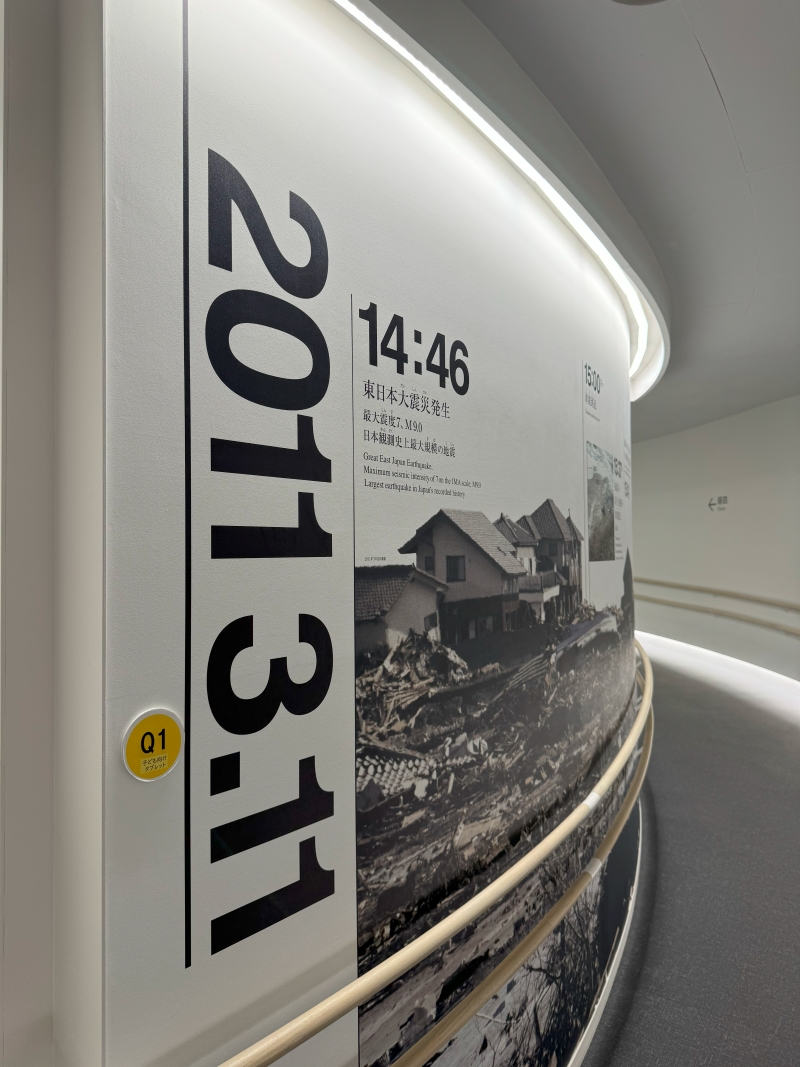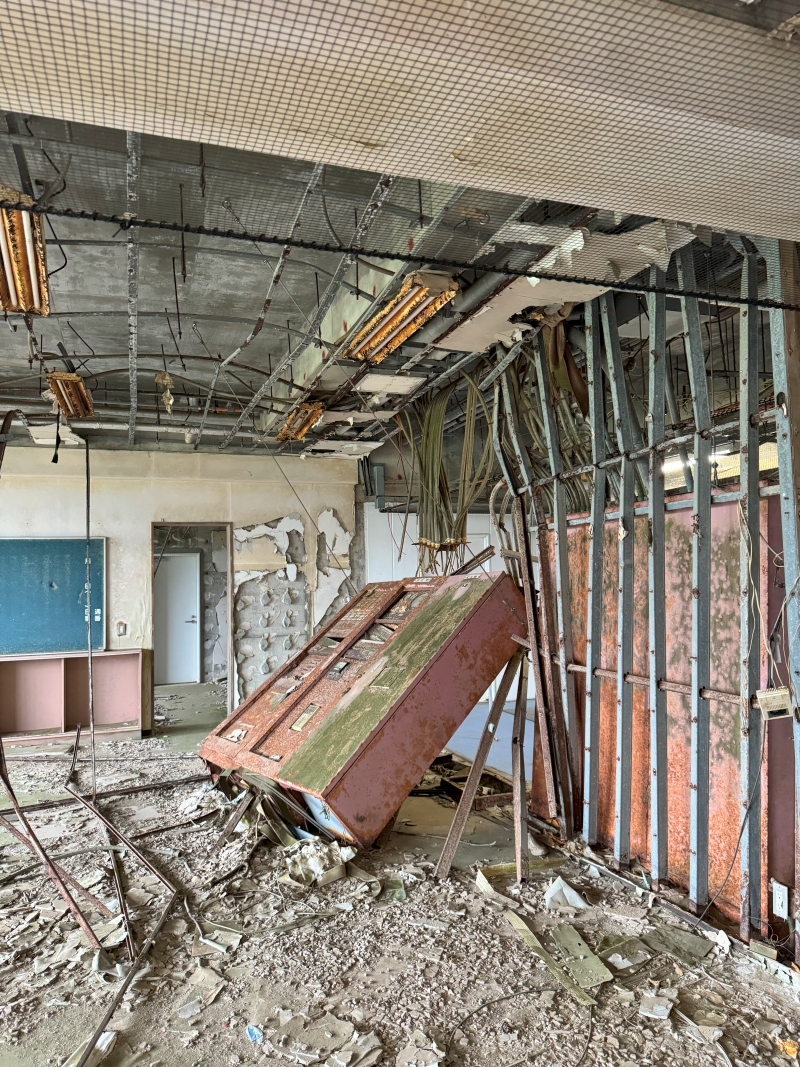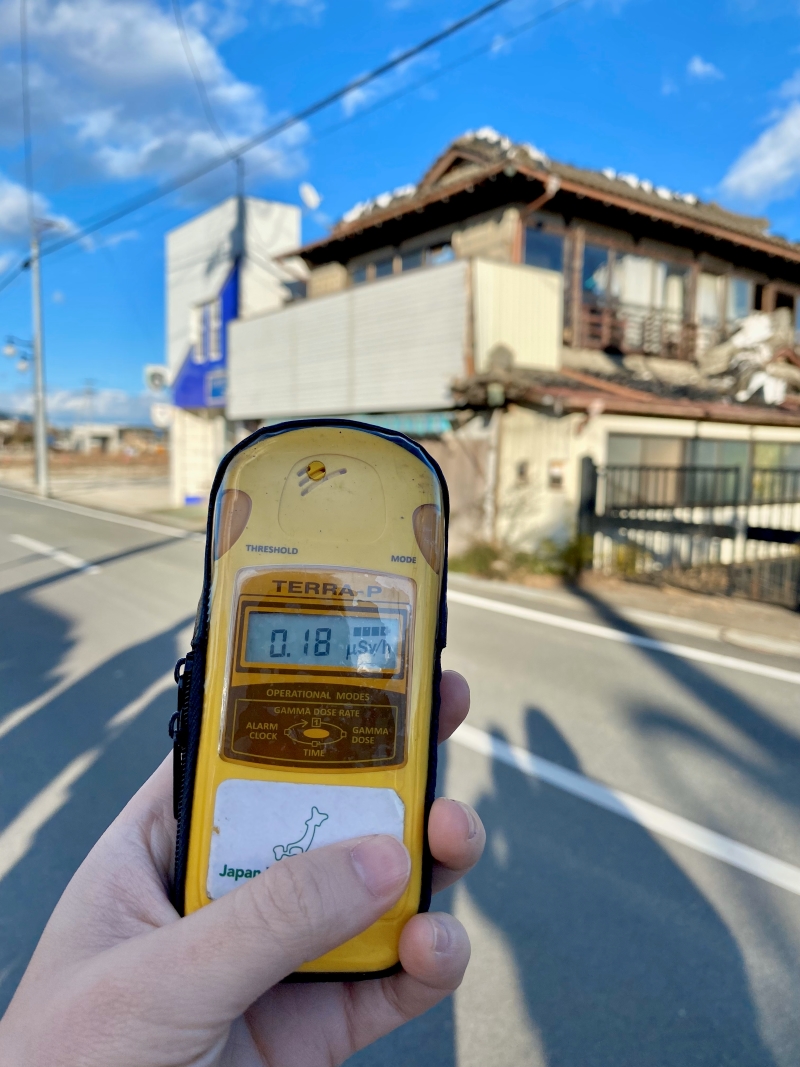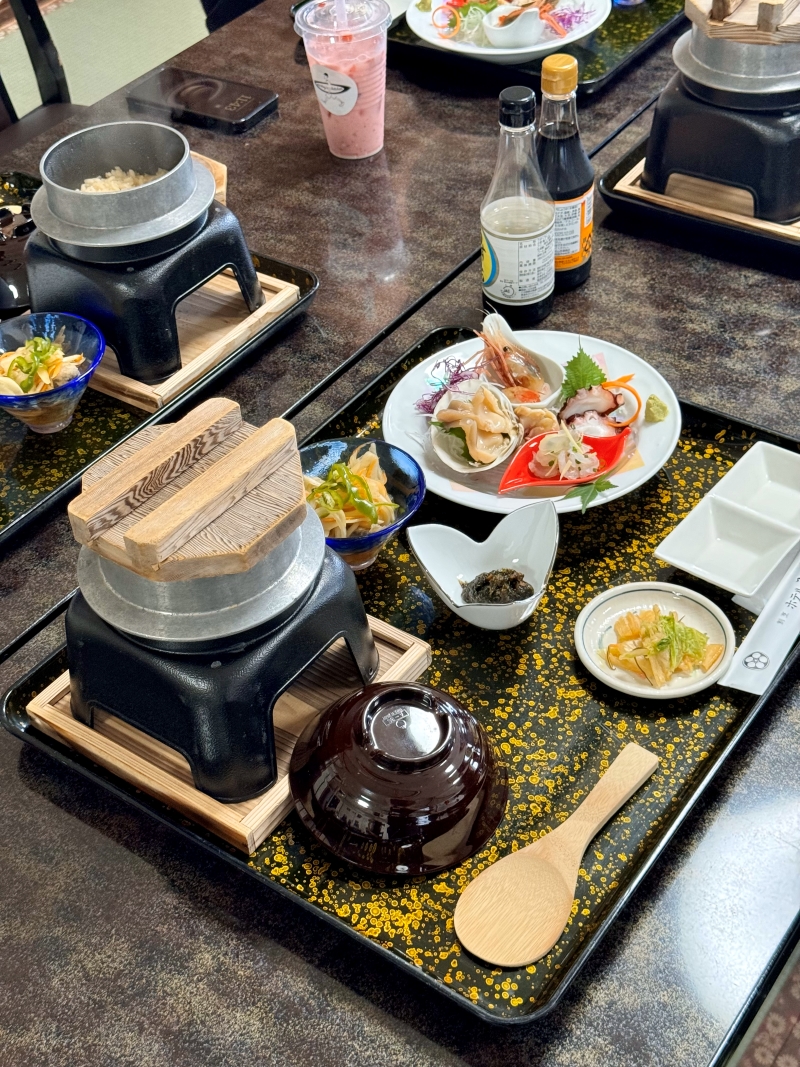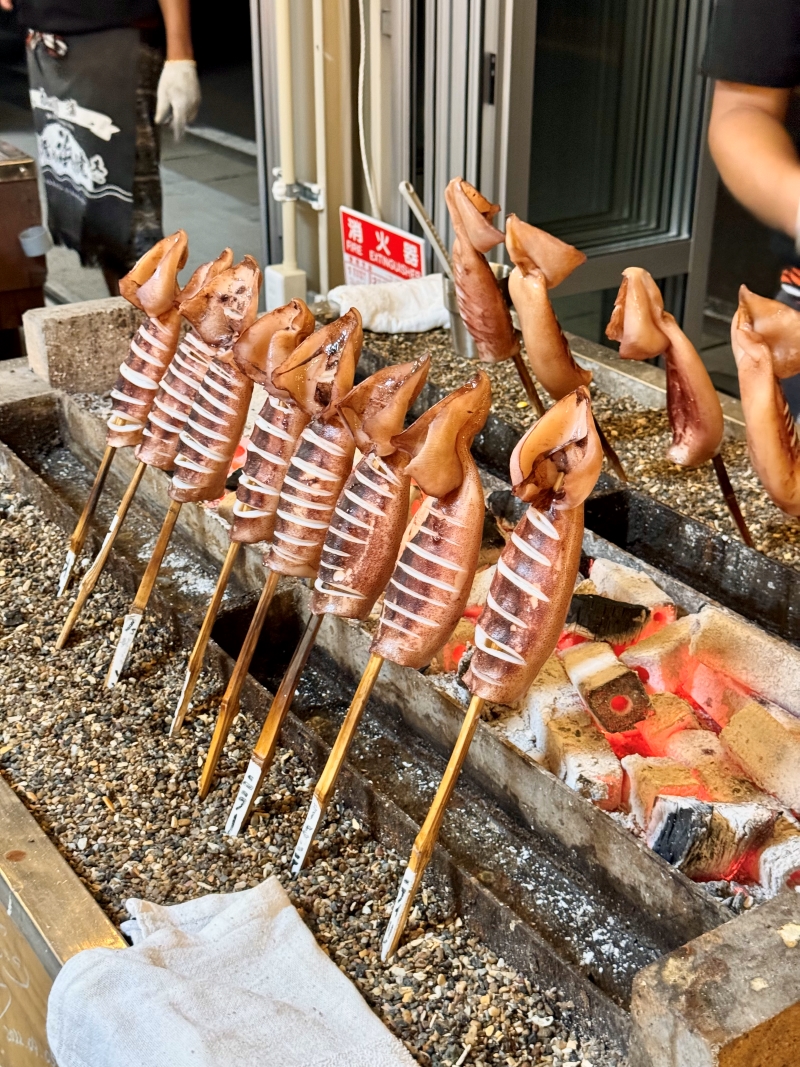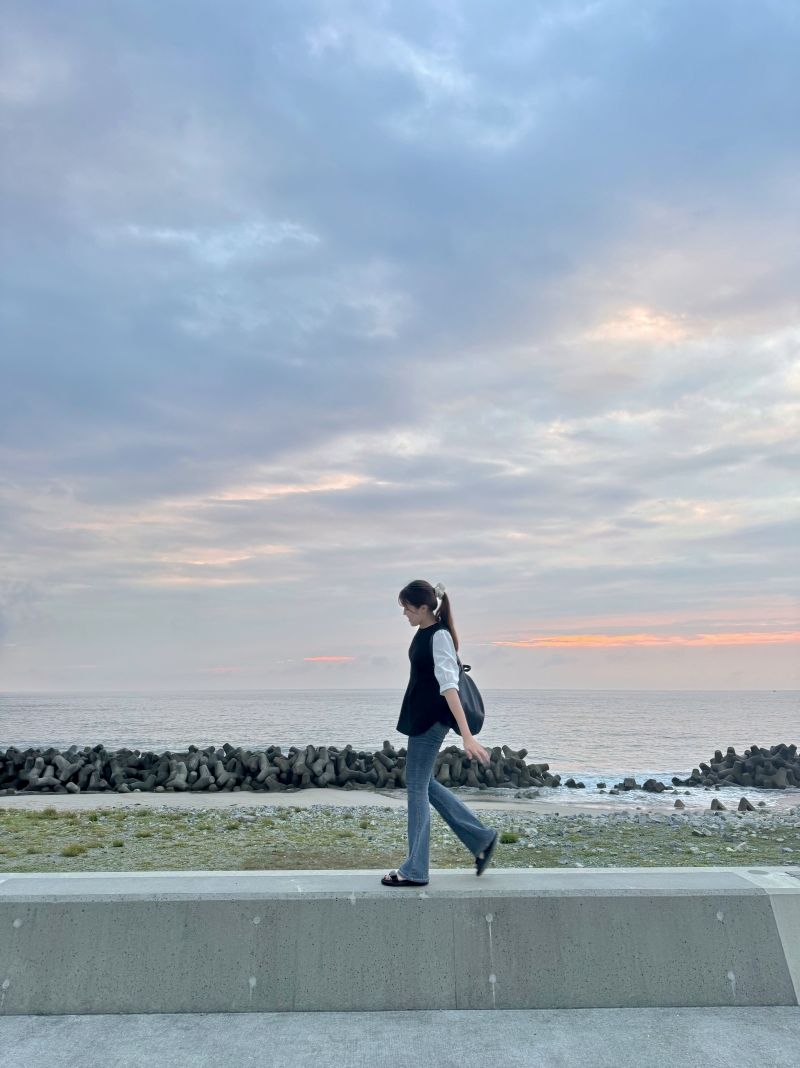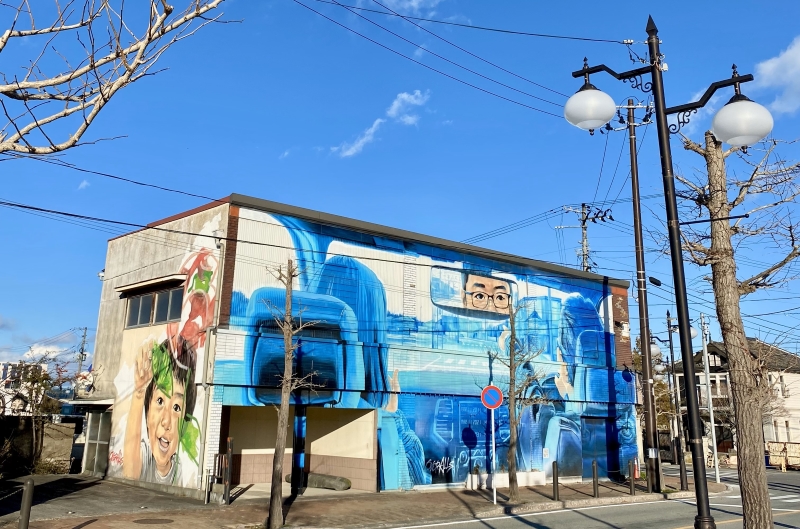■Self-Introduction
Mingalaba! I’m Thiri Zin Myat Phyu from Myanmar. In April 2023, I came to Japan with the MEXT Japanese Government Scholarship. My undergraduate major was Japanese Studies, and after graduating, I spent four years working at a Japanese IT company in Myanmar. As I dove deeper into Japanese language and culture, my eagerness to go beyond textbooks only grew. I wanted to live in Japan, experience the culture firsthand, and connect with people from all walks of life.
I also dream of starting my own company to help build a bridge between Myanmar and Japan. Studying in Japan felt like the ideal opportunity to gain an international perspective and learn about Japanese business management. Currently, I’m a research student in the Graduate School of Business Administration at Keio University, and I’ll start my MBA (Master of Business Administration) program next spring. I’m excited to keep learning and working toward my dreams.
■Do You Know What Fukushima is Like Today?
I have a question for you: When you hear “Fukushima” what comes to mind? I would guess that many people think first of the Great East Japan Earthquake and the Fukushima Daiichi Nuclear Power Plant accident on March 11, 2011, rather than the area’s history or attractions. I visited Fukushima in January and September of this year, and I’m planning a third trip soon. During my visits, I discovered a significant gap between the Fukushima I experienced firsthand and the perceptions that many people around the world hold. With this article, I’d like to introduce you to what Fukushima is truly like today and share the unique attractions of this area.
For those interested in learning more about the events of March 11, 2011, please visit:
・Overview of Damages from the Great East Japan Earthquake
・Overview of the Nuclear Power Plant Accident
■Fukushima’s Spirit of Resilience

This year marks 13 years since the Great East Japan Earthquake, and I recently visited Futaba, a town in Fukushima Prefecture. Futaba suffered not only from the tsunami but also from the long-term evacuation of its entire population due to the Fukushima Daiichi Nuclear Power Plant accident. As I watched the landscape roll by from the bus window, each empty house I passed reminded me of the anguish and heartbreak endured by those who were forced to leave. The earthquake that struck on that day, in that moment, tore away countless lives and happiness, leaving scars that remain in this town even as time has relentlessly moved forward.
Yet, along the scarred walls of Futaba, you’ll find vibrant murals, created by artists as part of the FUTABA Art District project, whose mission is “to ignite hope in people’s hearts through the power of art.” The moment I saw these murals breathing new life into the town, I felt as if the spirit of Futaba’s traditions and its people was gently revived. It filled me with a new, profound emotion, different from the heaviness I had felt when I first witnessed Futaba’s current state.
One mural that left the deepest impression on me is titled NANAKOROBI YEAH! WOW! KEY! and is painted on the wall of the Futaba Library. This daruma artwork embodies the idea of “falling down seven times, getting up eight,” symbolizing resilience and perseverance. The mural also carries a wish: that no matter how many setbacks there may be, Futaba will keep rising and that light will gradually return to the town. Though it’s scheduled to be taken down in a few years, I see this artwork as a symbol of new hope born in the ruins of the town. In the time that remains, I hope this mural continues to embrace and uplift the people of Futaba.
■Meeting Mr. Izawa: The Shift Supervisor Who Faced the Fukushima Daiichi Nuclear Disaster on the Frontlines
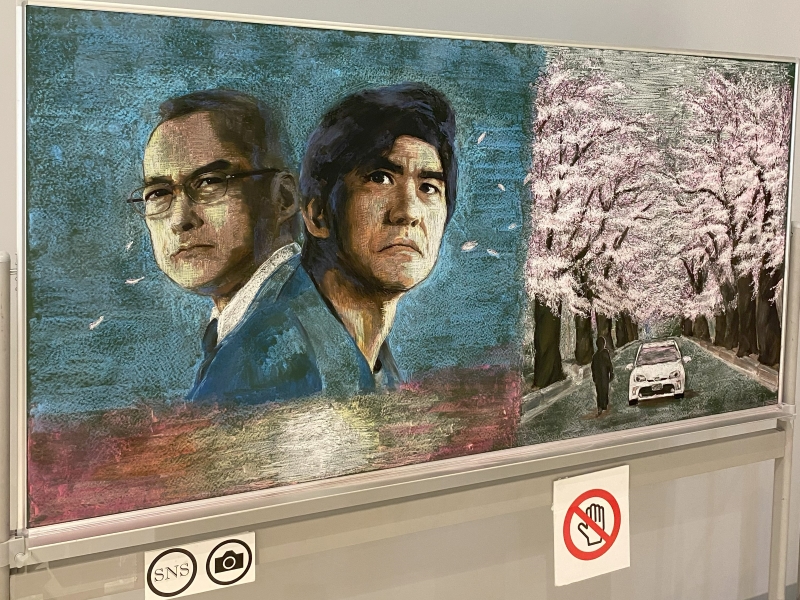
I recently had the chance to meet Mr. Ikuo Izawa, who was the shift supervisor at Units 1 and 2 of the Fukushima Daiichi Nuclear Power Plant during the disaster. As he recounted his experience, the tension of those moments and the weight of the difficult decisions he had to make were palpable. Listening to his story was deeply moving.
During the Q&A, I asked him:
①“What was the hardest decision you had to make at that time?”
②“If you could go back two or three years before the accident, what preparations would you make?”
③“Do you think nuclear energy should be eliminated from this world?”
Mr. Izawa answered each question thoughtfully, drawing from his years of experience and deep insights. I was especially struck by his story of the life-risking decisions he made to control the reactor, as well as his account of managing the crisis with limited personnel and communication during the blackout. Through his words, I could feel the immense responsibility he and his team bore, risking their lives to protect the safety of Japan.
After returning home, I watched the movie Fukushima 50 and the Netflix series THE DAYS, both of which depict the events at Fukushima Daiichi. Hearing Mr. Izawa’s story beforehand made these words resonate even more deeply. For anyone interested in exploring these powerful portrayals, here are the links:
・Movie:Fukushima 50
・Netflix Series:THE DAYS
■Radiation Levels and Food Safety in Fukushima Prefecture
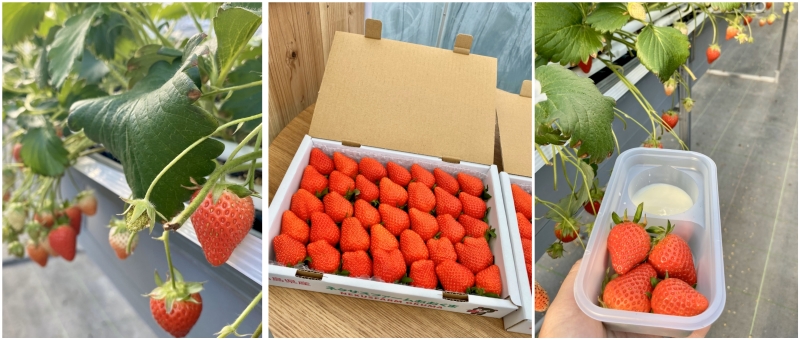
Note: We all receive a certain level of natural background radiation. Annual radiation exposure per person:
※1人当たりの年間放射線量
・World average: approx. 2.4μSv/h
・Japan average: approx. 2.1μSv/h
When it comes to Fukushima, many people still ask, “Is it really safe to visit?” or “Is food from Fukushima safe to eat?” Thanks to extensive decontamination efforts carried out according to Fukushima’s decontamination plan, radiation levels in the air throughout Fukushima are now on par with major cities around the world.
Do you know the radiation level in the air where you live? In Fukushima, decontamination has involved removing the top layer of contaminated soil, collecting fallen leaves, and purifying water. As a result of these careful efforts, radiation levels in some parts of Fukushima are even lower now than they were before 2011. I measured radiation levels on the bus ride from Tokyo to Fukushima and found that Tokyo’s level was 0.08μSv/h, while the highest reading in Fukushima was 1.10μSv/h.
Additionally, many young people from other parts of Japan and overseas have been moving to Fukushima, joining the local community. Speaking with these residents, I was inspired by their stories of starting new lives and their deep commitment to Fukushima.
Food from Fukushima is also safe. I personally went strawberry picking at a farm and enjoyed seafood caught off Fukushima’s coast. All food from Fukushima must meet strict safety standards, so you can eat it with confidence. I didn’t just enjoy the food while there—I even bought a box of ten peaches grown in Fukushima and picked up the local specialty, Namie Yakisoba, as a souvenir! I hope you’ll also feel confident about trying the delicious vegetables and fruits from Fukushima.
※For more details on annual natural radiation exposure or the decontamination process, please check the Fukushima Reconstruction Information Portal:
・Explanation on annual natural radiation exposure
・Overview of the decontamination process
■Conclusion
How did you find my introduction to the current state of Fukushima and its many charms? Through my repeated visits, I’ve learned about the efforts toward recovery, the area’s beautiful nature, and its rich culture, discovering that Fukushima has so much to offer. Tasting vegetables grown in Fukushima and seafood caught off its coast gave me confidence in the safety and quality of its local food.
My homeland, Myanmar, is currently facing severe challenges due to the recent coup, and seeing Fukushima’s commitment to rebuilding and the resilient spirit of its people has been a great source of encouragement for me. Each time I visit, Fukushima reveals new surprises and moments of inspiration. I hope you, too, will have a chance to experience what Fukushima is today! Lastly, I wish that the strength and hope found in Fukushima’s recovery can inspire people facing hardship in Myanmar and around the world.
